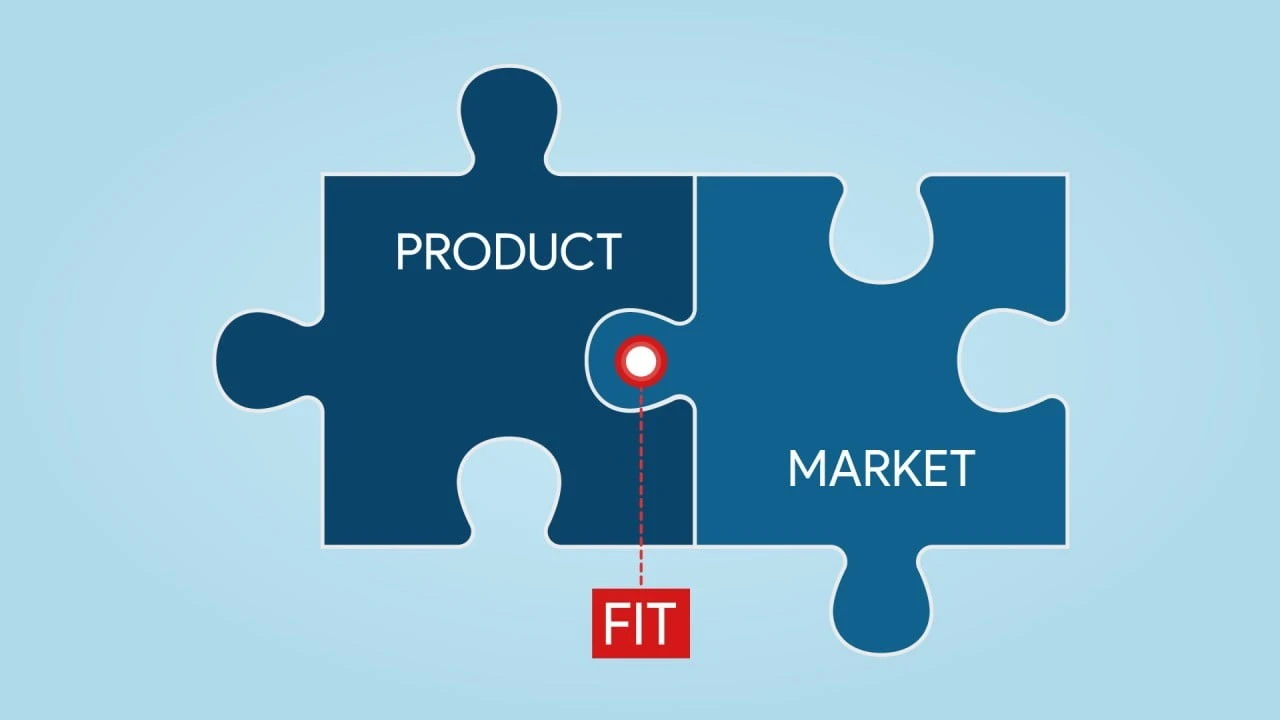The Elusive Quest for Product-Market Fit
Unpack the myth of product-market fit. Learn to distinguish genuine success from false starts and navigate the crucial early stages of your startup journey.

As a startup founder, you’ve likely heard the term “product-market fit” thrown around countless times. It’s become something of a holy grail in the entrepreneurial world, a milestone that supposedly marks the transition from struggling startup to unstoppable success story. But what does product-market fit really mean, and how do you know when you’ve achieved it?
Let’s dive deep into this crucial concept and explore why it’s often misunderstood, misapplied, and even mythologized in startup culture.
The Illusion of Product-Market Fit
Many founders fall into the trap of believing they’ve reached product-market fit long before they actually have. It’s an understandable mistake – after all, who doesn’t want to feel like they’ve cracked the code and are on the fast track to success? But this premature celebration can lead to disastrous consequences.
Imagine you’ve just launched your product, and a handful of customers seem excited about it. You’re getting positive feedback, maybe even some early sales. It’s tempting to declare victory and shift into growth mode. You start hiring more people, ramping up marketing efforts, and perhaps even seeking additional funding to fuel your expansion.
But here’s the harsh truth: having a product that a few people like is not the same as having product-market fit. This misconception is widespread and can lead founders down a perilous path.
The Real Definition of Product-Market Fit
So, what does genuine product-market fit look like? It’s not just about having customers; it’s about having a product that’s in such high demand that you can barely keep up. Here are some key indicators:
-
Explosive Growth: Your customer base is expanding rapidly, almost faster than you can handle.
-
Overwhelming Demand: You’re struggling to meet the needs of your users because there are so many of them clamoring for your product.
-
Profitability: Money is piling up in your bank account. You’re not just growing; you’re growing profitably.
-
Scaling Challenges: You’re hiring as fast as you can to keep up with demand, particularly in sales and customer support roles.
If you’re not experiencing these things, you likely haven’t reached true product-market fit yet. And that’s okay – most startups take time to get there. The important thing is to be honest with yourself about where you stand.
The Danger of Premature Scaling
One of the biggest risks for startups is scaling before they’ve truly found product-market fit. It’s like trying to accelerate a car that’s still in the garage – you’ll burn a lot of fuel, make a lot of noise, but you won’t actually go anywhere.
Premature scaling often looks like this: you hire a large team, invest heavily in marketing, and maybe even splurge on a fancy office space. But if your product isn’t resonating strongly enough with the market, all of this investment will be for naught. You’ll burn through your resources quickly without seeing the returns you expected.
The hard truth is that company-building – hiring, establishing culture, setting up management structures – should largely come after you’ve figured out how to solve a real problem for your customers in a way that they’re willing to pay for. Until then, your focus should be laser-focused on finding that elusive fit between your product and the market’s needs.
The Slog of Pre-Product-Market Fit
The period before reaching product-market fit can be grueling. It’s a time of uncertainty, constant iteration, and often, repeated failure. Many founders try to shortcut this process, but there’s no easy way out.
This phase is about getting comfortable with discomfort. You need to be passionate enough about the problem you’re solving or the people you’re working with to weather extended periods of apparent failure. It’s not about pretending you’re not in the trenches; it’s about embracing the struggle and learning from every setback.
During this time, you should be obsessively focused on understanding your customers, refining your product, and testing different approaches. It’s not glamorous work, but it’s essential. Remember, you can’t build a skyscraper on a shaky foundation.
The Multi-Variable Equation of Success
As you work towards product-market fit, it’s crucial to understand that success in the startup world is not a single-variable equation. Too often, founders ask whether they should focus on growth, retention, or profitability. The answer? All of them.
Building a successful company requires balancing multiple factors. You need to grow your user base, ensure those users stick around, and figure out how to make money in the process. It’s a complex juggling act, and overlooking any one of these elements can lead to failure, even if the others are strong.
For instance, you might have a product that’s growing rapidly, but if your retention is poor, you’re essentially trying to fill a leaky bucket. Alternatively, you might have loyal users but no clear path to monetization. True product-market fit involves excellence across multiple dimensions.
The Patience Game
One of the most challenging aspects of the startup journey is knowing how long to persist. Some founders give up too soon, right before they might have broken through. Others cling to ideas long past their expiration date.
There’s no one-size-fits-all answer to this dilemma. However, as long as you’re learning, iterating, and making progress – even if it’s slow – there’s value in perseverance. Every year you stay in business increases your chances of eventual success.
That said, persistence must be coupled with adaptability. Sometimes, finding product-market fit means pivoting your idea or even starting over with a new concept entirely. The key is to stay committed to solving a problem, not to a specific solution.
Conclusion: Embracing the Journey
The quest for product-market fit is at the heart of every startup’s journey. It’s a challenging, often frustrating process, but it’s also where the magic happens. This is where you truly learn about your market, refine your vision, and build the foundation for a successful company.
Remember, there are no shortcuts. You can’t pretend your way to product-market fit or build a thriving business on shaky ground. Embrace the struggle, stay close to your customers, and be willing to adapt based on what you learn.
Most importantly, be honest with yourself. It’s easy to see what you want to see, to interpret mild interest as wild enthusiasm. But true product-market fit is hard to miss – it’s when your biggest problem becomes keeping up with demand.
So, keep pushing forward. Stay passionate, stay curious, and stay resilient. The road to product-market fit may be long, but for those who persist, the rewards can be extraordinary. Your startup’s true potential lies on the other side of this challenge. Are you ready to embrace the journey?
